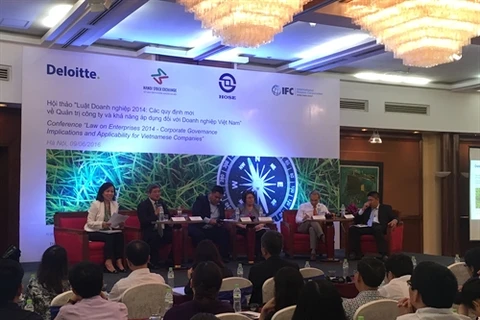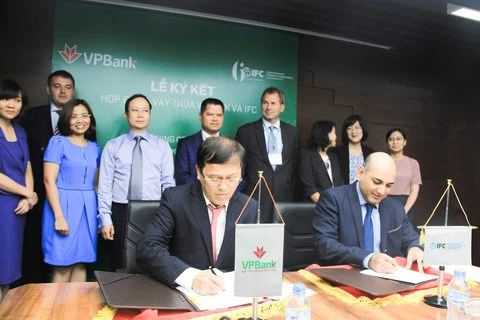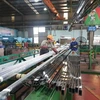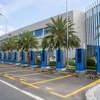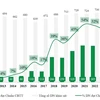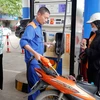Hanoi (VNA) - The State Bank of Vietnam (SBV) has coordinated with the International Finance Corporation (IFC) to prepare a handbook on social and environmental risk assessment for 10 economic sectors serving credit operations of commercial banks.
The manual can be considered a toolkit to help banks assess environmental and social risks of credit projects and assist credit officers appraise business plans, ensuring effective green and sustainable development.
The 10 specific sectors are agriculture, chemicals, construction and infrastructure, and energy, as well as food processing, textiles, petroleum and mining, along with non-metallic mineral products exploitation and waste treatment.
The handbook, expected to be issued in 2017, has three parts.
Part A will contain information on the businesses and projects that need credit grants. In this part, credit institutions need to ask their clients to provide information on issues such as compliance of the enterprise with respect to environmental, labour and social regulations and company’s ability to manage environmental and social risks.
Part B will focus on environmental and social impact of projects. This section lays out specific criteria to consider the potential and existing risks and impact of the projects on the environment (air, water, land and hazardous waste, as well as raw materials and energy consumption), on the workforce (working conditions and health safety), on health and the safety of people living around the project area, and on biodiversity and cultural heritage.
Part C will consist of recommendations that underpin the credit decision, the price and terms of disbursements in the credit agreements and the level of credit management and supervision of commercial banks.
According to IFC, green credit is the credit that banks give to projects that are less risky for the environment or to protect the environment.
In 2016, outstanding loans for green projects reached some 84.781 trillion VND, up 19.7 percent compared with the end of 2015, accounting for 1.5 percent of total outstanding loans of the economy, with some 3.2 million credit contracts.
Credit granted to projects which have gone through environmental and social risk assessment reached some 187.9 trillion VND, with more than 129,000 contracts.
According to the national action plan on green growth in the 2014-20 period, the Prime Minister assigned the SBV to review, revise and complete financial and credit regulations so as to be aligned with green growth objectives, organise training courses to strengthen the capacity of commercial banks and financial institutions in green credit activities and develop financial-banking services to support green growth.
The SBV, therefore, aims to guide credit institutions to develop business strategies in line with the State’s strategy on environmental protection and green growth. Accordingly, investment projects with the participation of bank credit must comply with regulations on environmental protection, social safety and energy saving.
This handbook will be a reference document. The SBV encourages commercial banks to apply the guidelines.-VNA
VNA

